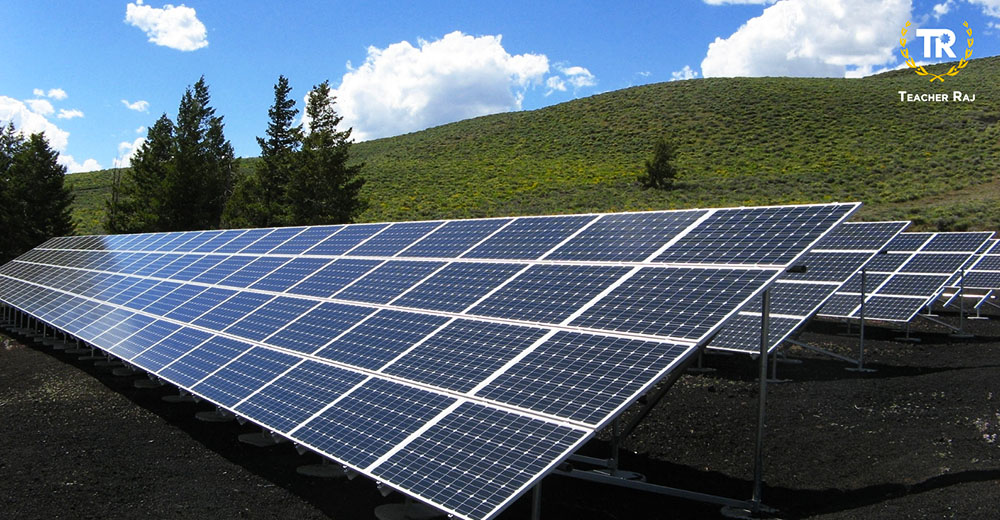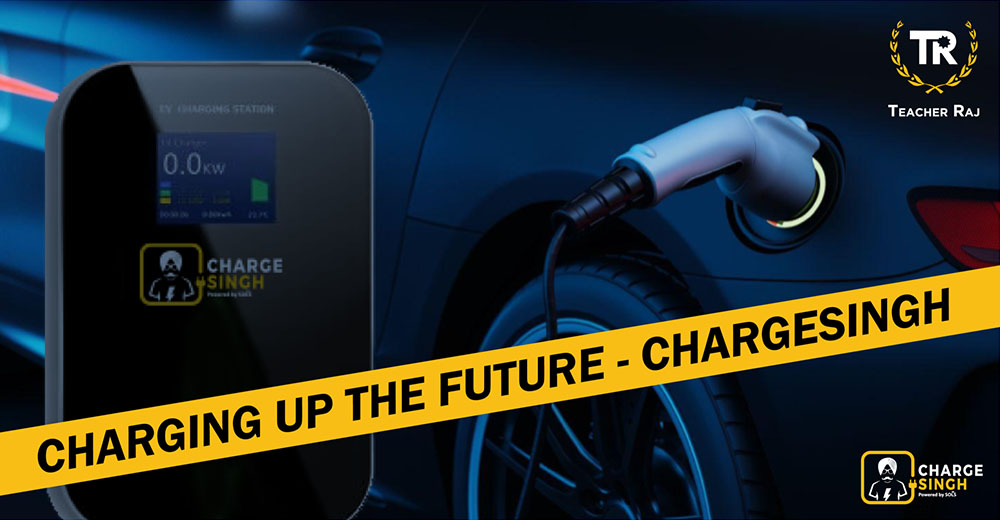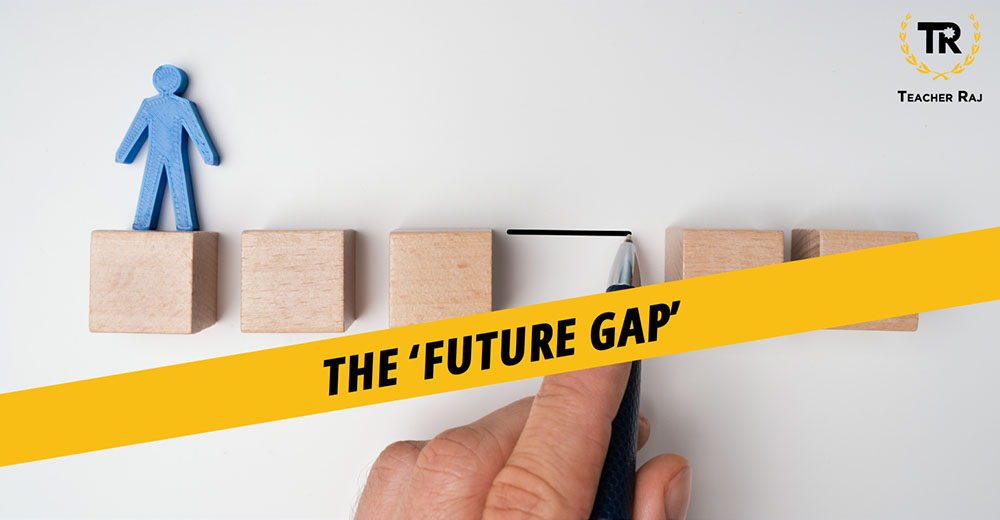A new modelling by Monash University has suggested that Melbourne’s Central Business District could potentially generate 2,354 GW of energy a year – which is 74% of its current electricity consumption – by installing more solar panels into roofs, walls, and windows.
The capacity of solar panels currently installed in Melbourne’s CBD is only a fraction of what is possible, but there is a “massive opportunity to build photovoltaics into a city, and Melbourne CBD…could be, as a collective, a distributed energy powerhouse”.
Rooftop panels can benefit from the dense number of buildings in the CBD. Producing solar electricity close to where it is used also minimizes energy losses during transmission.
The article also suggests that future building design could take into account the incorporation of solar panels, maximizing its capacity to take in sunlight and taking into account the occurrence of shadowing. “In Melbourne, you could imagine that you could have slightly higher buildings towards the southern part of the city, so they can capture as much of that northerly sun as possible.”
Wouldn’t it be exciting for us to reimagine our cities in this way, and to see the vast potential they hold? In order to move towards the usage of renewable energy, we will also need to re-examine how we used to do things, which may no longer be beneficial.







